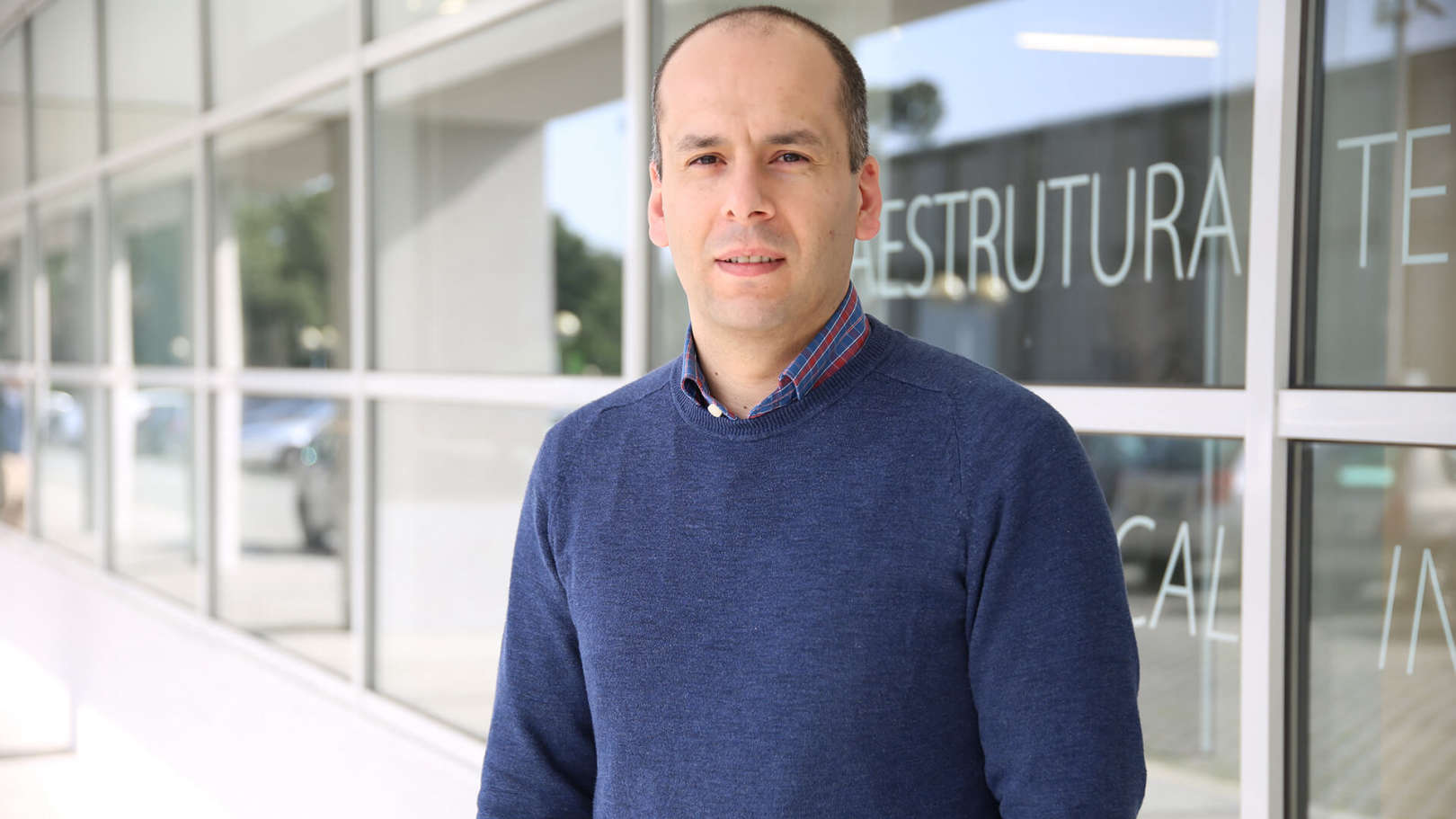About
I'm currently a researcher at INESCTEC in Centre for Robotics and Autonomous Systems (CRAS) where I work mainly in the maritime area. My main scientific interests areas are autonomous systems, embedded systems and human-machine interaction.

I'm currently a researcher at INESCTEC in Centre for Robotics and Autonomous Systems (CRAS) where I work mainly in the maritime area. My main scientific interests areas are autonomous systems, embedded systems and human-machine interaction.
I'm currently a researcher at INESCTEC in Centre for Robotics and Autonomous Systems (CRAS) where I work mainly in the maritime area. My main scientific interests areas are autonomous systems, embedded systems and human-machine interaction.
2025
Authors
Barbosa, S; Dias, N; Almeida, C; Amaral, G; Ferreira, A; Camilo, A; Silva, E;
Publication
EARTH SYSTEM SCIENCE DATA
Abstract
A unique dataset of marine atmospheric electric field observations over the Atlantic Ocean is described. The data are relevant not only for atmospheric electricity studies, but more generally for studies of the Earth's atmosphere and climate variability, as well as space-Earth interaction studies. In addition to the atmospheric electric field data, the dataset includes simultaneous measurements of other atmospheric variables, including gamma radiation, visibility, and solar radiation. These ancillary observations not only support interpretation and understanding of the atmospheric electric field data, but also are of interest in themselves. The entire framework from data collection to final derived datasets has been duly documented to ensure traceability and reproducibility of the whole data curation chain. All the data, from raw measurements to final datasets, are preserved in data repositories with a corresponding assigned DOI. Final datasets are available from the Figshare repository (https://figshare.com/projects/SAIL_Data/178500, ), and computational notebooks containing the code used at every step of the data curation chain are available from the Zenodo repository (https://zenodo.org/communities/sail, Project SAIL community, 2025).
2025
Authors
Dias, N; Barbosa, S;
Publication
JOURNAL OF APPLIED METEOROLOGY AND CLIMATOLOGY
Abstract
This study addresses the variability of gamma radiation measurements over the Atlantic Ocean. The analysis of back trajectories shows that the path of the air masses is the main factor determining gamma radiation levels over the ocean, rather than the distance to the coast. Different gamma values were recorded at different times in the same location as a result of the distinct origin of the corresponding air masses. Higher counts observed in the northeast Atlantic in winter compared with the spring values result from air masses coming from Europe and the African continent. In general, gamma radiation values over the ocean increase with increasing continental influence on the air mass above. A predictive classifica-tion model is developed showing that marine gamma observations can be used to classify marine boundary layer air masses according to the degree of continental influence.
2023
Authors
Barbosa, S; Silva, ME; Dias, N; Rousseau, D;
Publication
Abstract
2023
Authors
Barbosa, S; Dias, N; Almeida, C; Silva, G; Ferreira, A; Camilo, A; Silva, E;
Publication
JOURNAL OF GEOPHYSICAL RESEARCH-ATMOSPHERES
Abstract
Gamma radiation over the Atlantic Ocean was measured continuously from January to May 2020 by a NaI(Tl) detector installed on board the Portuguese navy's ship NRP Sagres. Enhancements in the gamma radiation values are identified automatically by an algorithm for detection of anomalies in mean and variance as well as by visual inspection. The anomalies are typically +50% above the background level and relatively rare events (similar to<10% of the days). All the detected anomalies are associated with simultaneous precipitation events, consistent with the wet deposition of scavenged radionuclides. The enhancements are detected in the open ocean even at large distances (+500 km) from the nearest coastline. Back trajectories reveal that half of these events are associated with air masses experiencing continental land influences, but the other half do not display evidence of recent land contact. The enhancements in gamma radiation very far from land and with no evidence of continental fetch from back trajectories are difficult to explain as resulting only from radionuclides with a terrestrial source such as radon and its progeny. Further investigation and additional measurements are needed to improve understanding on the sources of ambient radioactivity in the open ocean and assess whether gamma radiation in the marine environment is influenced not only by radionuclides of terrestrial origin, but also cosmogenic radionuclides, like Beryllium-7, formed in the upper atmosphere but with the ability to be transported downward and serve as a tracer of the aerosols to which it attaches. Plain Language Summary Radioactive elements such as the noble gas radon and those produced by its radioactive decay are naturally present in the environment and used as tracers of atmospheric transport and composition. In particular, the noble gas radon, being inert and of predominantly terrestrial origin, is used to identify pristine marine air masses with no land contamination. Precipitation over land typically brings radon from the atmosphere to the surface, enhancing gamma radiation on the ground, but such enhancements have not been identified before nor expected over the ocean due to the low amount of radon typical of marine air masses. Here we report, for the first time, gamma radiation enhancements associated with precipitation in the oceanic environment, using measurements performed over the Atlantic Ocean in a campaign onboard the Portuguese navy ship NRP Sagres.
2023
Authors
Dias, N; Amaral, G; Almeida, C; Ferreira, A; Camilo, A; Silva, E; Barbosa, S;
Publication
Abstract
The access to the final selection minute is only available to applicants.
Please check the confirmation e-mail of your application to obtain the access code.

